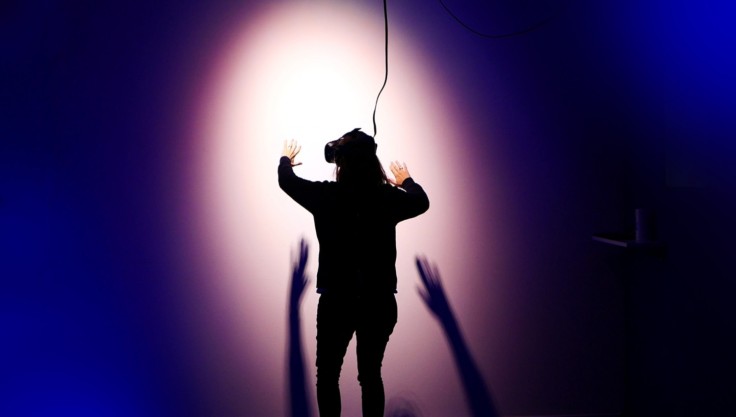
Artificial intelligence (AI) and machine learning have significantly shaped our digital landscape. Almost daily, headlines that dominate the news include innovations in this ever-evolving section of technology, and it's easy to see why.
For one, AI and machine learning have facilitated advancements in various industries like entertainment, graphic design, and education. Deepfakes, in particular, have been used in the entertainment industry to de-age older actors, create more realistic special effects, and create new types of digital art.
However, while deepfakes are definitely exciting and can be harnessed to create fantastic new content, they can also be problematic if not used properly. In its research, ExpressVPN found that deepfakes and a phenomenon known as the Mandela Effect could potentially alter what we remember. The Mandela Effect refers to a phenomenon where a large group of people remembers an event, fact, or detail one way, but in reality, it occurred differently or not at all. Fiona Broome coined the term after discovering that she and many others falsely remembered that the South African leader Nelson Mandela died in prison during the 1980s, whereas he actually passed away in 2013.
Below, we look at some of the negative impacts of deepfakes and what people can do to prevent or guard against them.
1. Spreading misinformation
Protecting yourself from deepfake misinformation requires a combination of technological literacy, critical thinking, and proactive measures. If you've encountered something that seems too good to be true, it makes sense to verify and fact-check if what you're seeing is indeed true. Make sure to use reputable fact-checking websites and cross-reference information from multiple trusted sources.
2. Non-consensual porn or revenge porn
Recently, deepfakes have been used to create explicit images or videos of individuals without their consent, violating their privacy and dignity and causing significant harm. These explicit images and videos can be used as a tool for blackmail, creating incriminating or compromising material to pressure individuals into taking certain actions. Before believing that a deepfake is accurate, make it a point to watch for inconsistencies like such as unnatural lighting, irregular blinking patterns, or odd audio synchronizations. If something seems off, it could be a sign of a deepfake.
3. Identity theft
Fraudsters can use deepfakes to impersonate an individual for malicious purposes, such as scamming people out of money, conducting corporate espionage, or even committing identity theft. To prevent this, try and keep personal information as private as possible and avoid sharing information about yourself on social media when it's unnecessary.
4. Warping reality
By creating highly realistic but falsified video or audio content, deepfakes can distort the truth, making it difficult for people to discern what's real and what's not. This can lead to misinformation, creating false narratives and beliefs. To avoid being fooled or misled by deepfakes, make it a point to educate yourself and others about the existence and potential of deepfake technology. Knowing that such manipulation is possible is the first step to questioning and verifying the media you consume.
Corporate damage and defamation
Deepfakes can be used to create false statements or actions by CEOs or other corporate figures, potentially leading to stock manipulation, reputational damage, and loss of consumer trust. Regularly monitor the company's digital presence to quickly identify and respond to any fraudulent representations of the company or its employees.
By understanding the risks associated with deep fakes and what to do to prevent them from disrupting your life, you will be better equipped to deal with any issues that might come your way.









